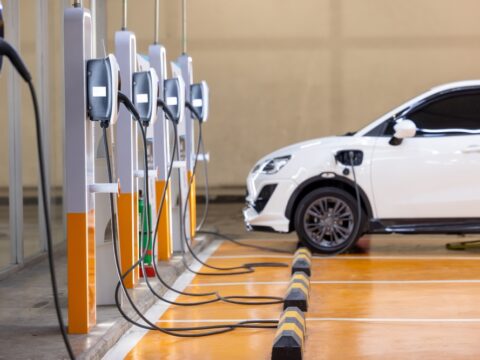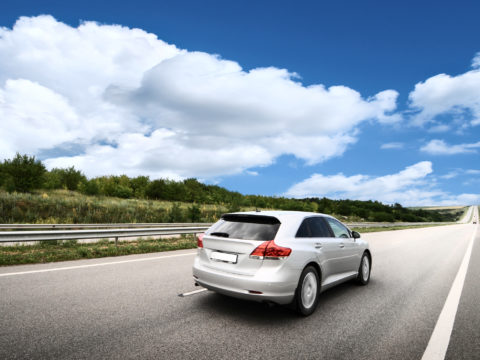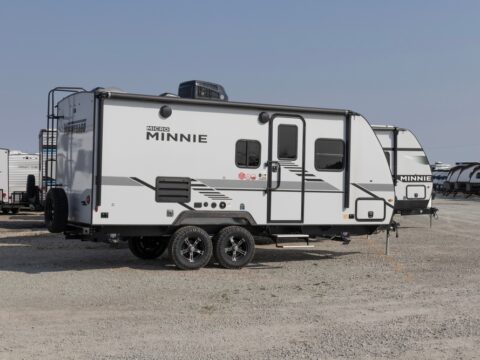Owning a small boat offers the freedom to explore open waters, but neglecting maintenance can quickly lead to significant problems. Simple mistakes like ignoring engine checks, overlooking hull inspections, or failing to maintain electrical systems can result in costly repairs. These small issues can escalate, compromising safety and performance on the water. Proper upkeep is essential to ensure your boat remains in good condition and avoids unexpected breakdowns.
Contents
Neglecting to Check Bilge Pumps
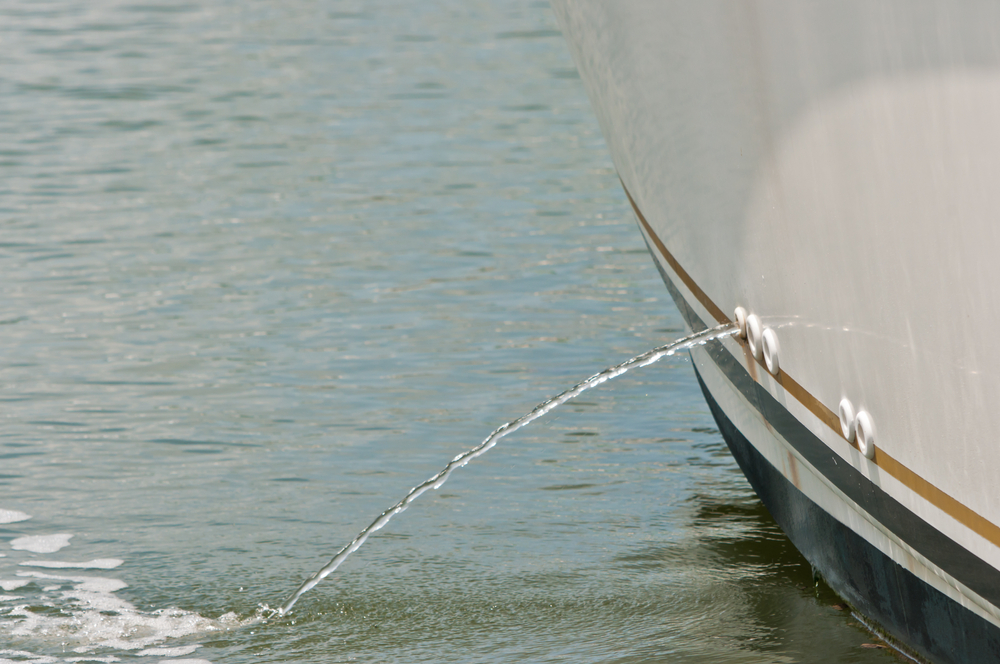
Failing to regularly inspect and maintain your bilge pump can lead to catastrophic flooding in your boat. Bilge pumps are designed to expel excess water that accumulates in the bilge area, but if they are clogged or malfunctioning, water can accumulate and cause the boat to sink. To avoid this, regularly test the pump, clean the filters, and check the wiring. Consider installing a secondary bilge pump for redundancy in case the primary pump fails.
Improper Engine Winterization
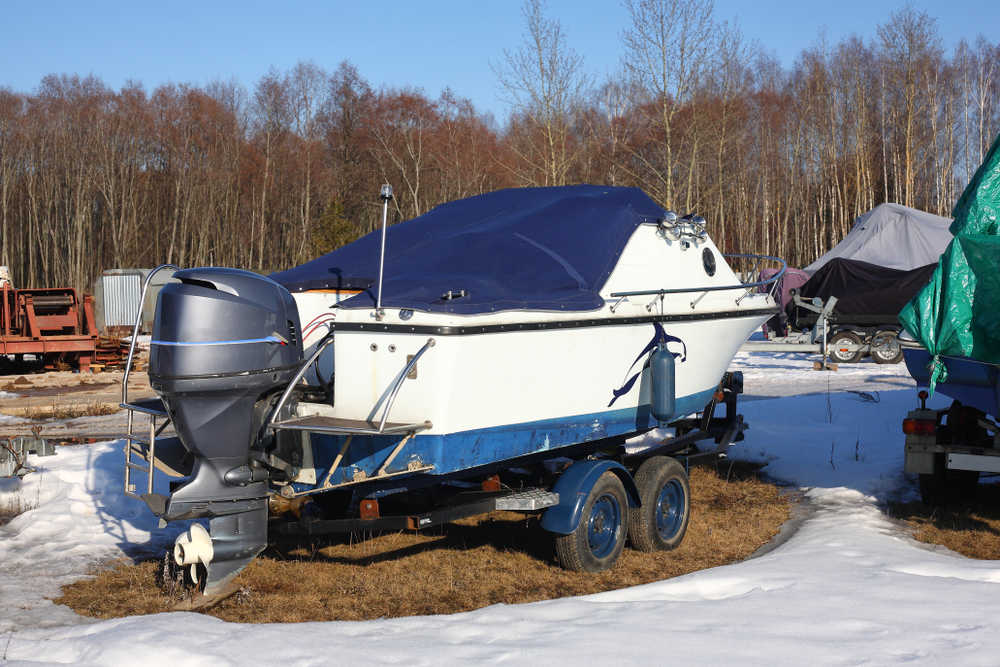
Not properly winterizing your boat’s engine, particularly in colder climates, can result in water freezing inside the engine block. This can cause the block to crack, requiring expensive repairs or even a full engine replacement. To prevent this, always drain water from the engine and replace it with antifreeze before storing the boat for winter. If you’re unsure of how to do this, have a professional service the engine to ensure it’s properly winterized.
Ignoring Fuel System Maintenance
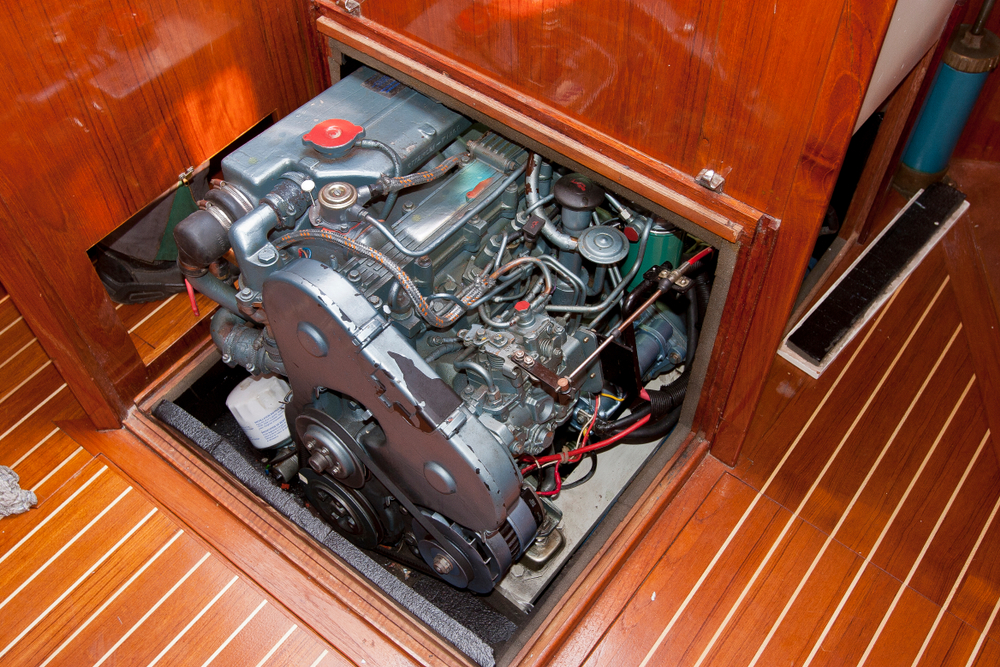
Boats that sit unused for long periods often develop fuel system issues such as clogged filters, degraded fuel lines, and water contamination. These problems can lead to engine failure and costly repairs. Regularly inspect the fuel lines for cracks, replace fuel filters, and use fuel stabilizers to prevent the fuel from degrading. Additionally, draining fuel tanks before long-term storage can help prevent these issues.
Failing to Replace Anodes

Sacrificial anodes, which are installed to protect metal components from corrosion, are often neglected during routine maintenance. When they wear out, your boat’s engine, propeller, and other metal parts become susceptible to galvanic corrosion, leading to significant damage. Regularly inspect and replace anodes when they appear worn or corroded. Installing high-quality anodes can extend the life of these components and protect against costly repairs.
Not Cleaning the Hull Regularly
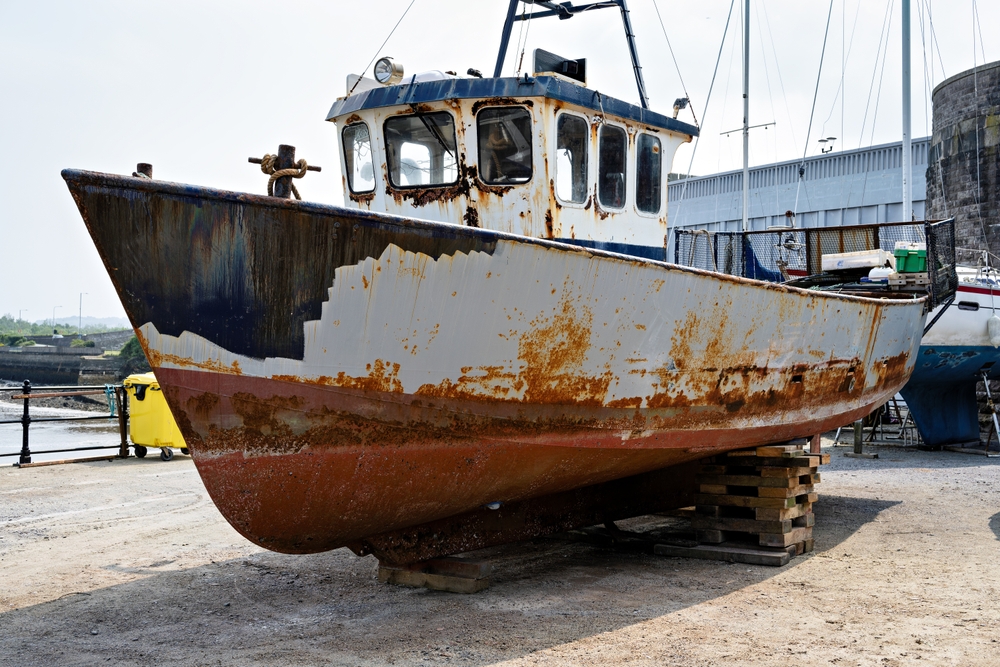
Algae, barnacles, and other marine growth can accumulate on your boat’s hull, reducing its efficiency and potentially causing structural damage. If left unchecked, these organisms can also affect the boat’s maneuverability and fuel consumption. Regularly cleaning the hull with environmentally friendly hull cleaners can help avoid these issues. Consider applying antifouling paint to the hull to prevent excessive growth and improve performance.
Overlooking Battery Maintenance
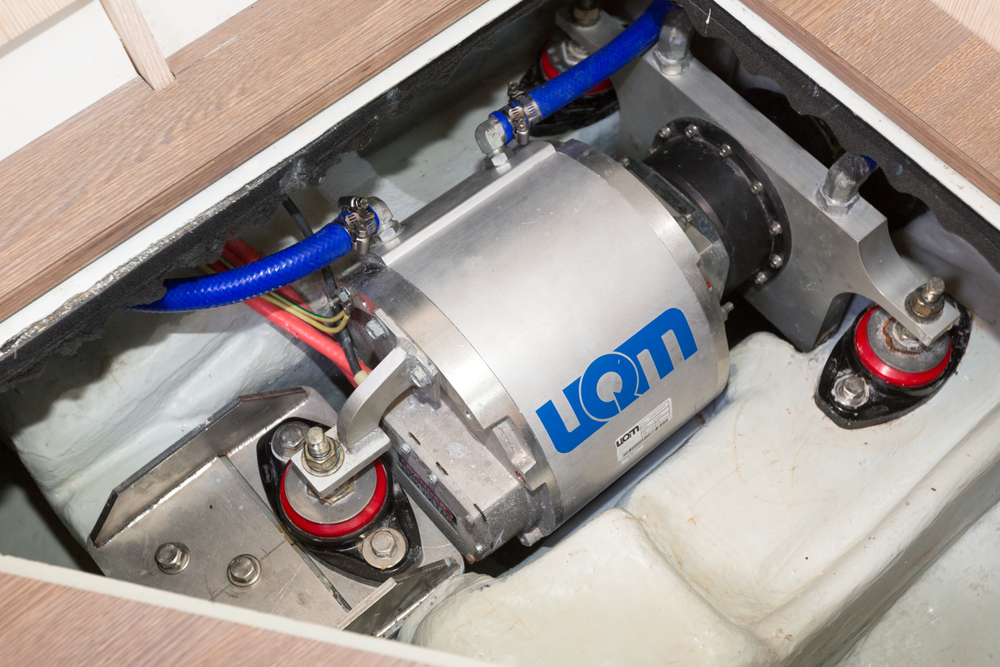
Ignoring battery maintenance can lead to corrosion, dead batteries, and electrical failures, especially if your boat relies on electrical systems for navigation or safety. Corroded terminals can prevent the battery from charging or discharging properly, leaving you stranded on the water. To prevent this, clean the battery terminals regularly, check fluid levels in wet-cell batteries, and ensure the battery is charged. Switching to maintenance-free AGM batteries can reduce the need for frequent maintenance.
Neglecting Oil Changes
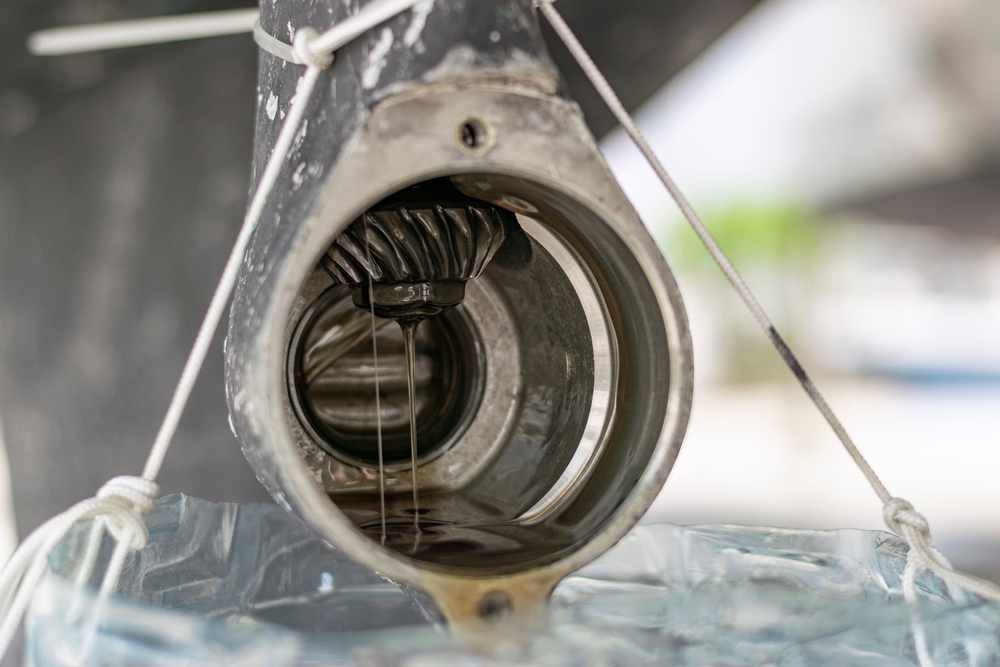
Skipping regular oil changes can lead to poor engine performance, increased wear on engine components, and, ultimately, engine failure. Over time, old oil loses its ability to lubricate properly, causing friction and overheating in the engine. Follow the manufacturer’s recommended oil change intervals and use high-quality marine-grade oil. If you notice sludge or contamination during an oil change, consider flushing the engine to remove any buildup.
Failing to Inspect Propellers
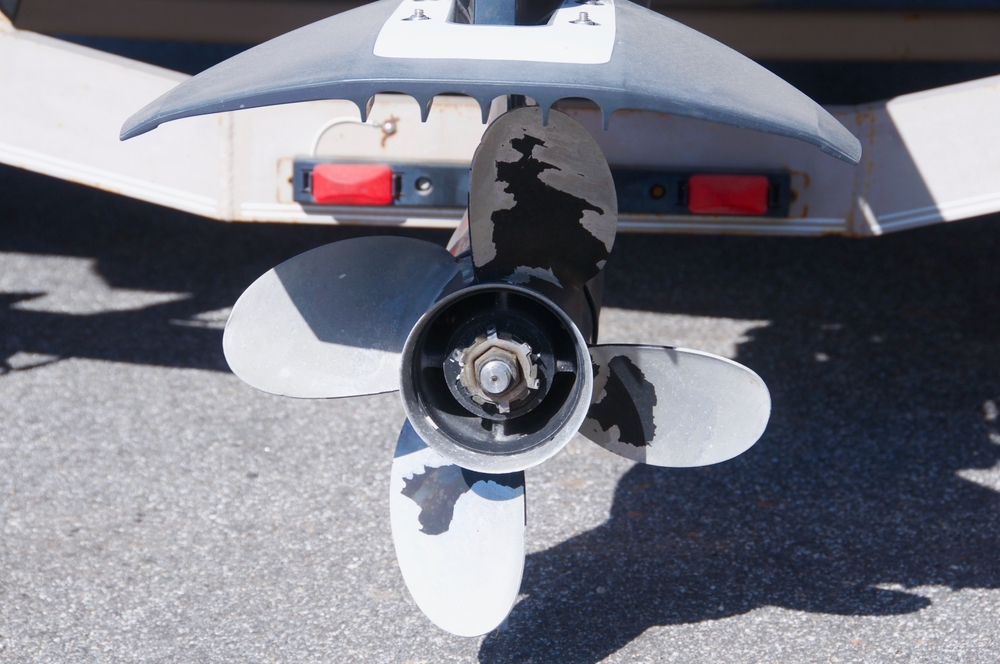
Damaged or unbalanced propellers can lead to poor fuel efficiency, vibrations, and excessive wear on the drivetrain. Propellers can easily be damaged by underwater debris, which can go unnoticed until it leads to more significant issues. Regularly inspect the propeller for dents, cracks, or bends, and repair or replace it as needed. Consider keeping a spare propeller onboard in case of emergency.
Improper Trailer Maintenance
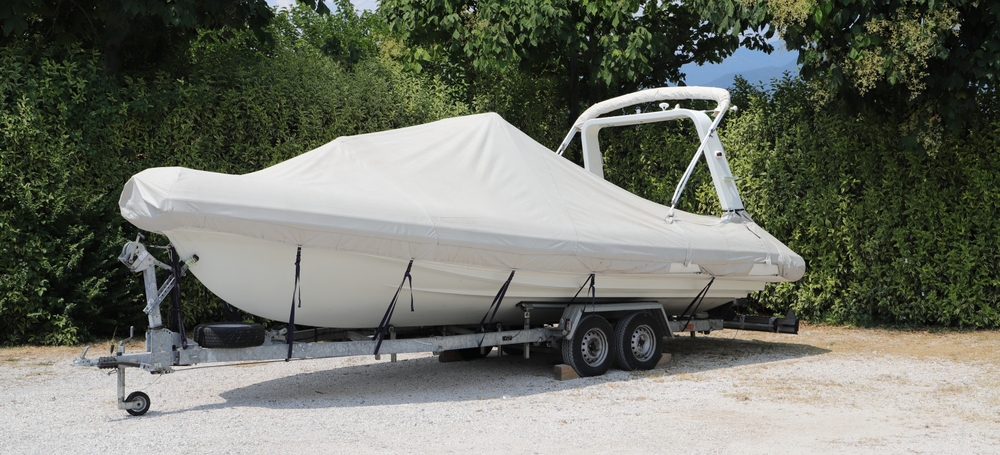
If you transport your boat via trailer, neglecting trailer maintenance can lead to unsafe towing conditions and damage to both the boat and the trailer. Worn-out tires, rusted axles, and faulty lights are common problems that can lead to accidents or leave you stranded. Regularly inspect the trailer’s tires, bearings, lights, and winch system. Apply grease to moving parts and replace any worn components. Proper trailer maintenance ensures safe transport and prevents damage to your boat.
Not Flushing the Cooling System

Failing to flush the boat’s cooling system after use in saltwater can lead to salt buildup, corrosion, and overheating. Saltwater is particularly corrosive to metal components in the cooling system, causing significant damage over time. After each trip in saltwater, flush the cooling system with fresh water to remove salt deposits. Installing a flushing port can make this process easier and more effective.
Ignoring Steering System Checks
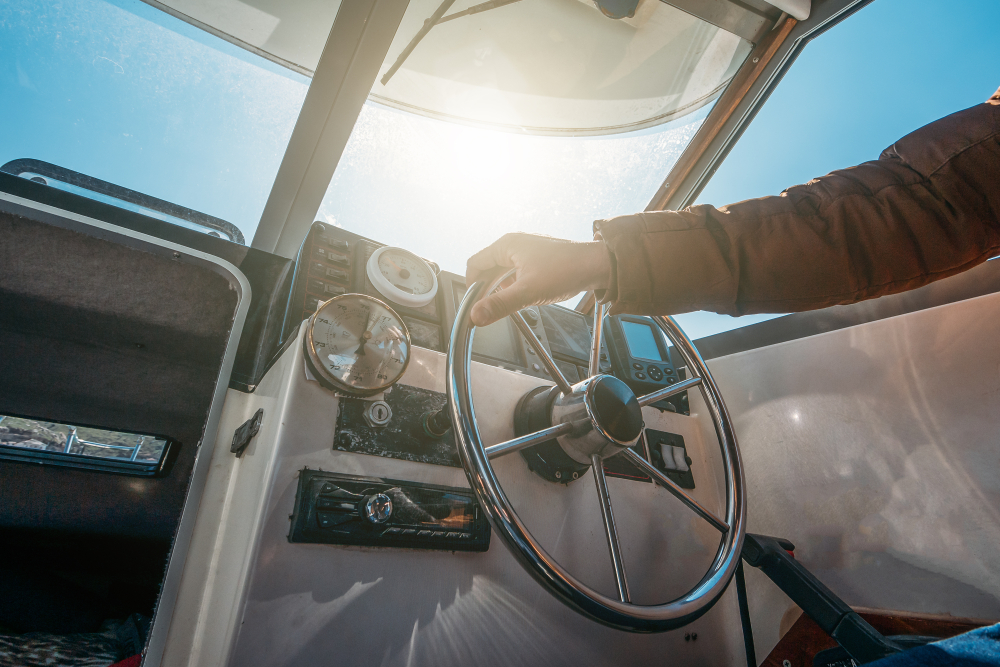
If the steering system is not regularly inspected and maintained, it can lead to stiff or unresponsive steering, which can be dangerous on the water. Hydraulic leaks, corrosion, or loose connections in the steering mechanism can cause major issues if ignored. Regularly check for fluid leaks, tighten connections, and lubricate moving parts in the steering system. Consider replacing worn hydraulic lines or fittings to ensure smooth operation.
Overloading the Boat

Exceeding your boat’s weight capacity can put excessive strain on the hull, engine, and fuel system, leading to structural damage and potential engine failure. It can also make the boat unstable and increase the risk of capsizing. Always adhere to the manufacturer’s recommended weight limits, and evenly distribute the load to prevent imbalances. If you frequently carry heavy loads, consider upgrading your boat’s suspension system or using a larger vessel.
Improper Anchor Storage
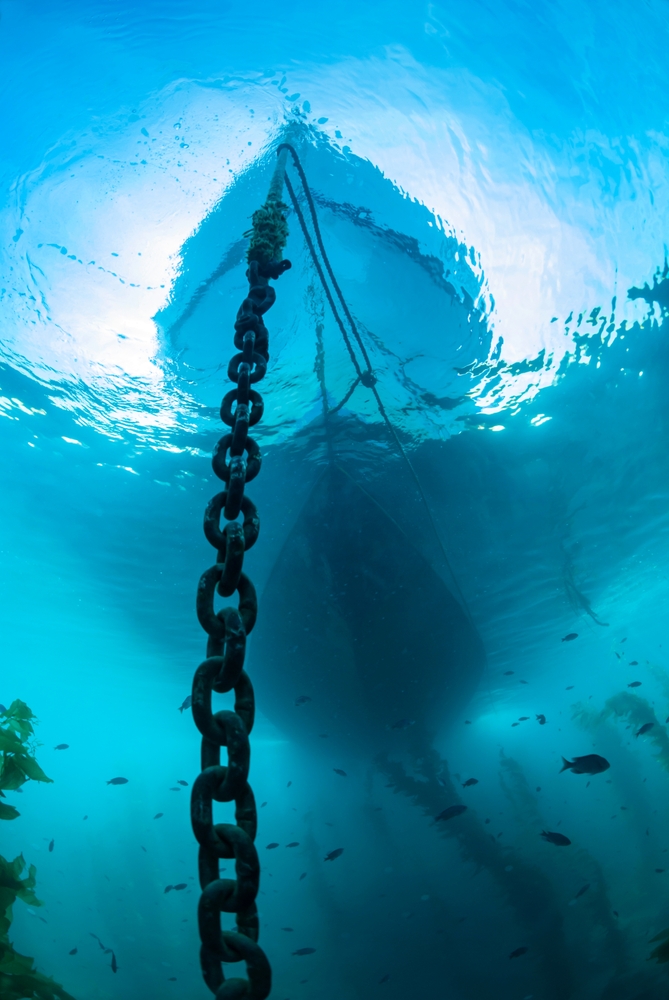
Storing an anchor improperly can cause damage to the deck or anchor compartment and lead to dangerous situations when you need to use the anchor. Improperly stored anchors can also shift during rough waters, causing damage to other onboard equipment. Always secure the anchor with the correct bracing and stow it in an appropriate compartment when not in use. Consider using an anchor locker or dedicated storage space to prevent damage and ensure quick access when needed.
Not Maintaining Seacocks
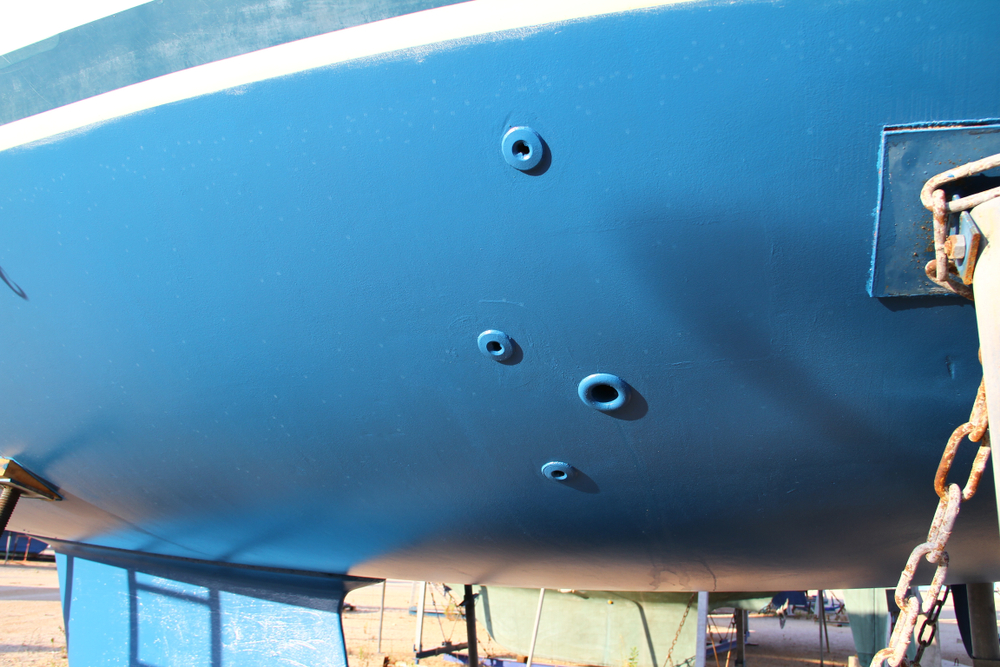
Seacocks, which control water intake and drainage through the hull, can seize up if not regularly maintained. If they fail, water can flood the boat, leading to major damage or even sinking. Regularly inspect and exercise the seacocks to ensure they open and close properly, and lubricate them with marine-grade grease. Consider replacing old or corroded seacocks to avoid failures.
Failing to Replace Worn Belts
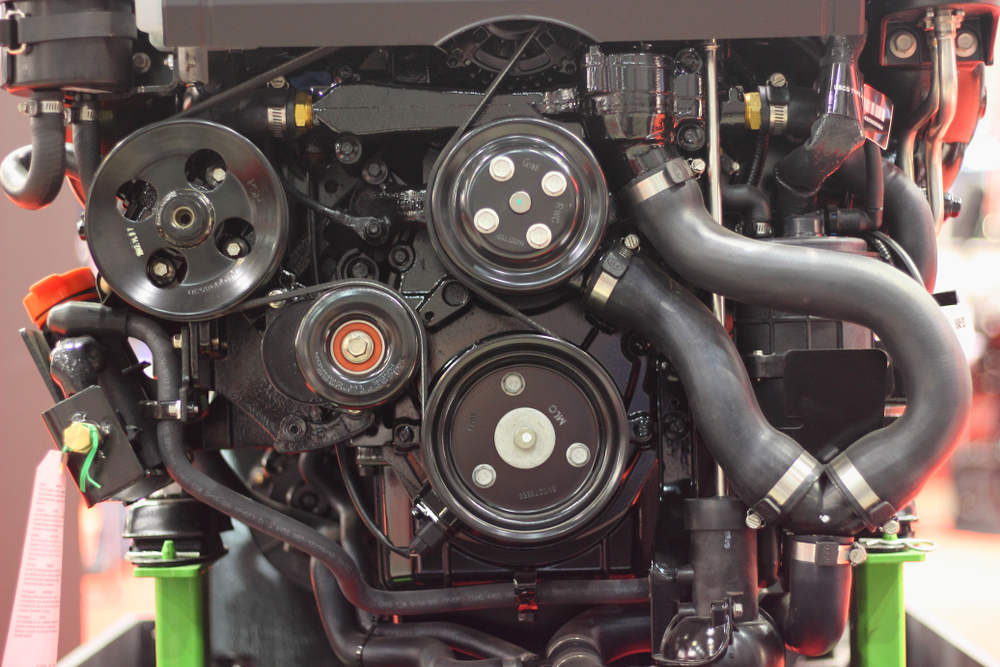
Boat engines rely on belts to drive essential systems such as the alternator, cooling pumps, and power steering. If these belts wear out and break, it can cause immediate engine failure or overheating. Regularly inspect engine belts for signs of wear, cracks, or fraying, and replace them as necessary. Carrying spare belts onboard is a smart precaution, especially for long trips.
Neglecting Cabin Ventilation
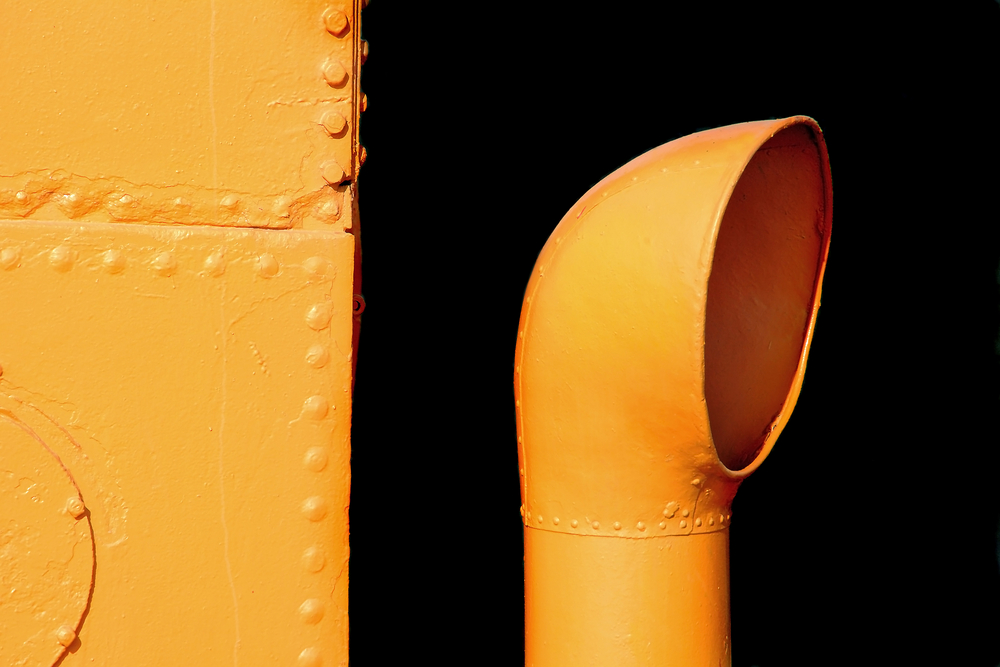
Poor ventilation in the boat’s cabin can lead to moisture buildup, mold, and mildew, which can cause structural damage and health hazards. Over time, this moisture can also cause wooden components to rot or warp. Ensure proper ventilation by using fans or installing vents to allow airflow. Use a dehumidifier during storage to prevent moisture buildup in enclosed spaces.
Not Inspecting Drain Plugs

Forgetting to inspect and properly secure drain plugs can lead to water flooding the boat, potentially causing it to sink. Drain plugs that are not properly maintained or replaced when worn can leak, leading to major issues. Always check that drain plugs are securely fastened before launching the boat, and replace worn plugs with high-quality replacements. Keeping spare plugs onboard is also a good practice.
Failing to Tighten Loose Fittings

Loose fittings on railings, cleats, or other hardware can lead to structural damage over time, especially when the boat is exposed to rough waters. Loose fittings can cause parts to break off, leading to costly repairs. Regularly inspect and tighten all fittings, using marine-grade sealants if necessary to prevent water intrusion. If any fittings show signs of wear, replace them with stainless steel versions for better durability.
Not Replacing Worn Hoses
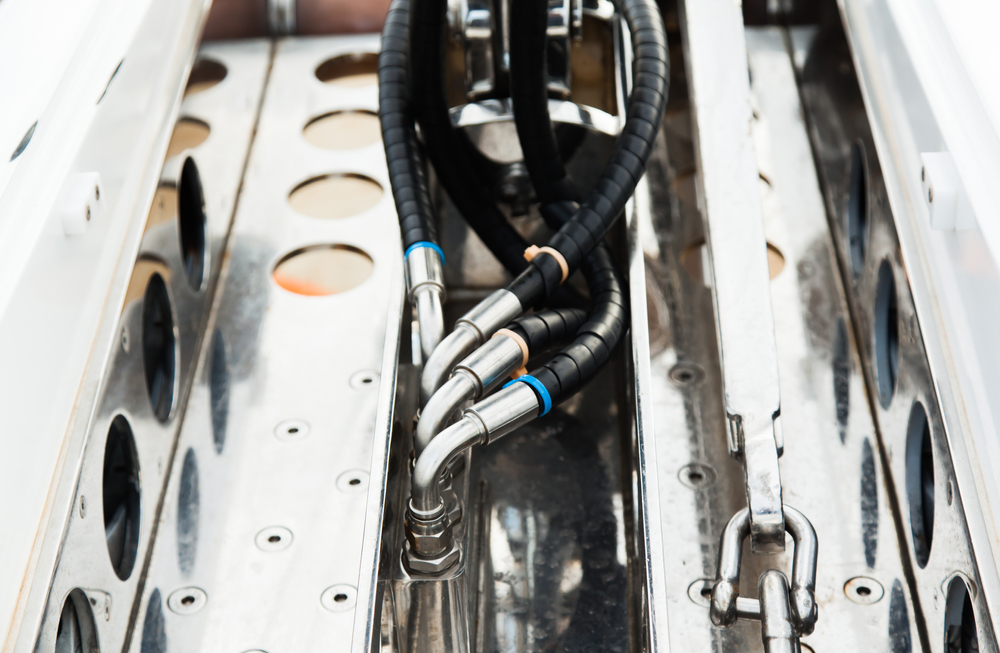
Worn-out hoses in the engine or bilge system can lead to leaks, engine overheating, or even fuel spills, which are costly and dangerous. Cracked or brittle hoses are prone to failure, especially under pressure. Regularly inspect hoses for signs of wear and replace them with marine-grade alternatives to ensure longevity. Carrying spare hoses and hose clamps onboard is a smart preventative measure.
Improper Mooring Line Care
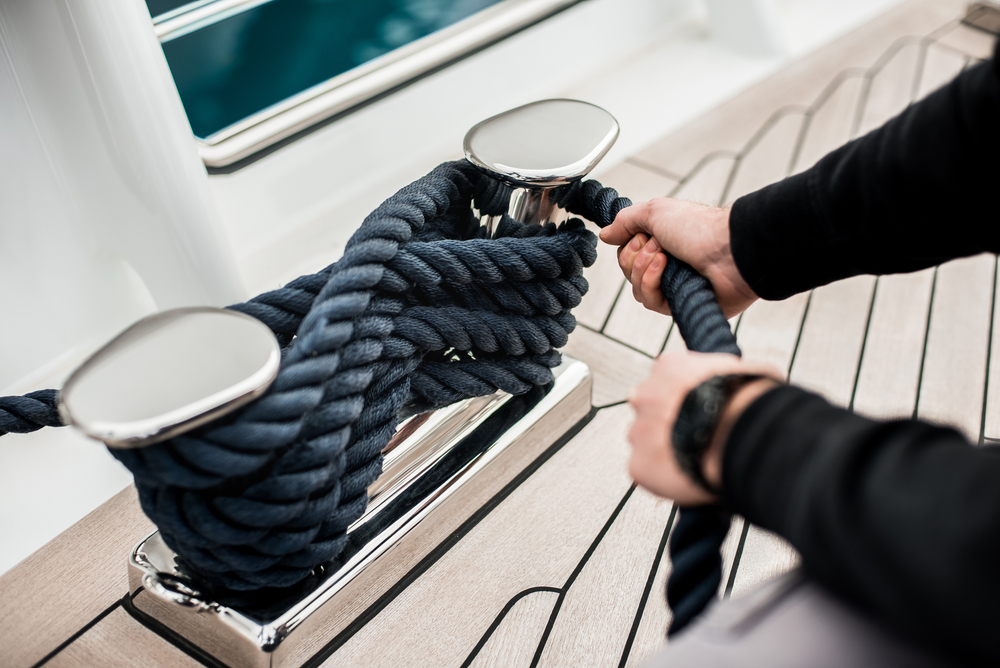
Mooring lines that are not properly cared for can fray, weaken, or snap, leaving your boat unsecured at the dock. This can lead to collisions or drifting, causing damage to the boat and nearby vessels. Regularly inspect mooring lines for wear and replace them if they show signs of fraying. Store lines in a dry, clean area when not in use, and consider using fender covers or shock absorbers to reduce wear caused by constant movement.
This article originally appeared on MyCarMakesNoise.
More from MyCarMakesNoise
19 Underrated Sports Cars That Pack a Punch
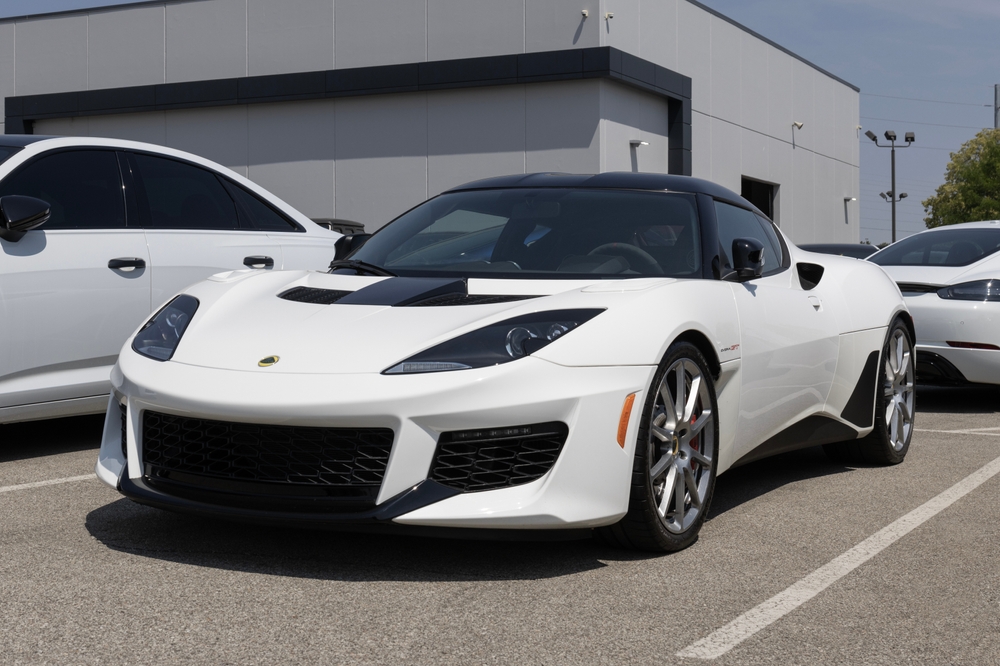
When it comes to sports cars, big names like Ferrari and Porsche often steal the spotlight, but there’s a world of lesser-known gems that deliver just as much excitement. These hidden treasures combine speed, performance, and style, offering a thrilling ride for those in the know. Read More.
20 Japanese SUVs Known for Their Off-Road Capabilities

From compact models to full-sized beasts, these SUVs are built to tackle challenging environments while still offering comfort and practicality. Here’s a look at 20 Japanese SUVs known for their off-road prowess. Read More.
Toyota’s Top 20 Reliable Cars That Stand the Test of Time
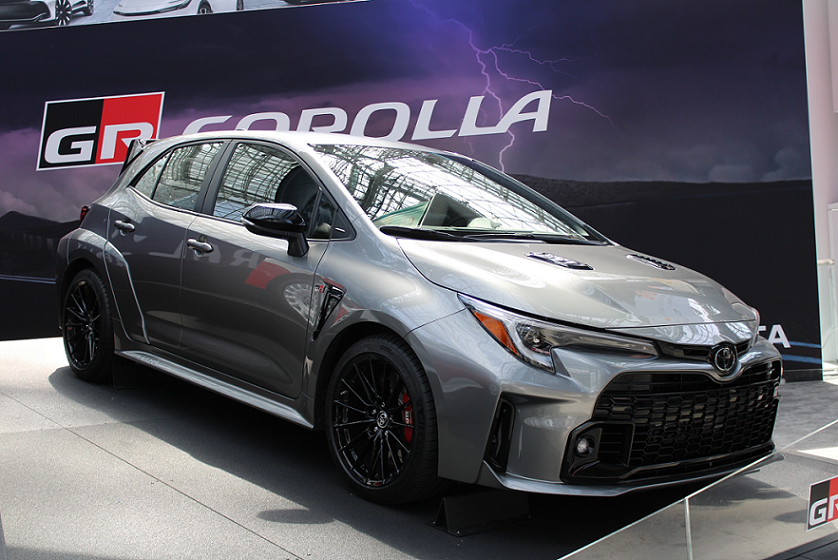
When it comes to reliability and durability, some things are built to stand the test of time. Whether it’s a well-crafted product, a lasting relationship, or a trusted brand, true quality endures. Read More.

